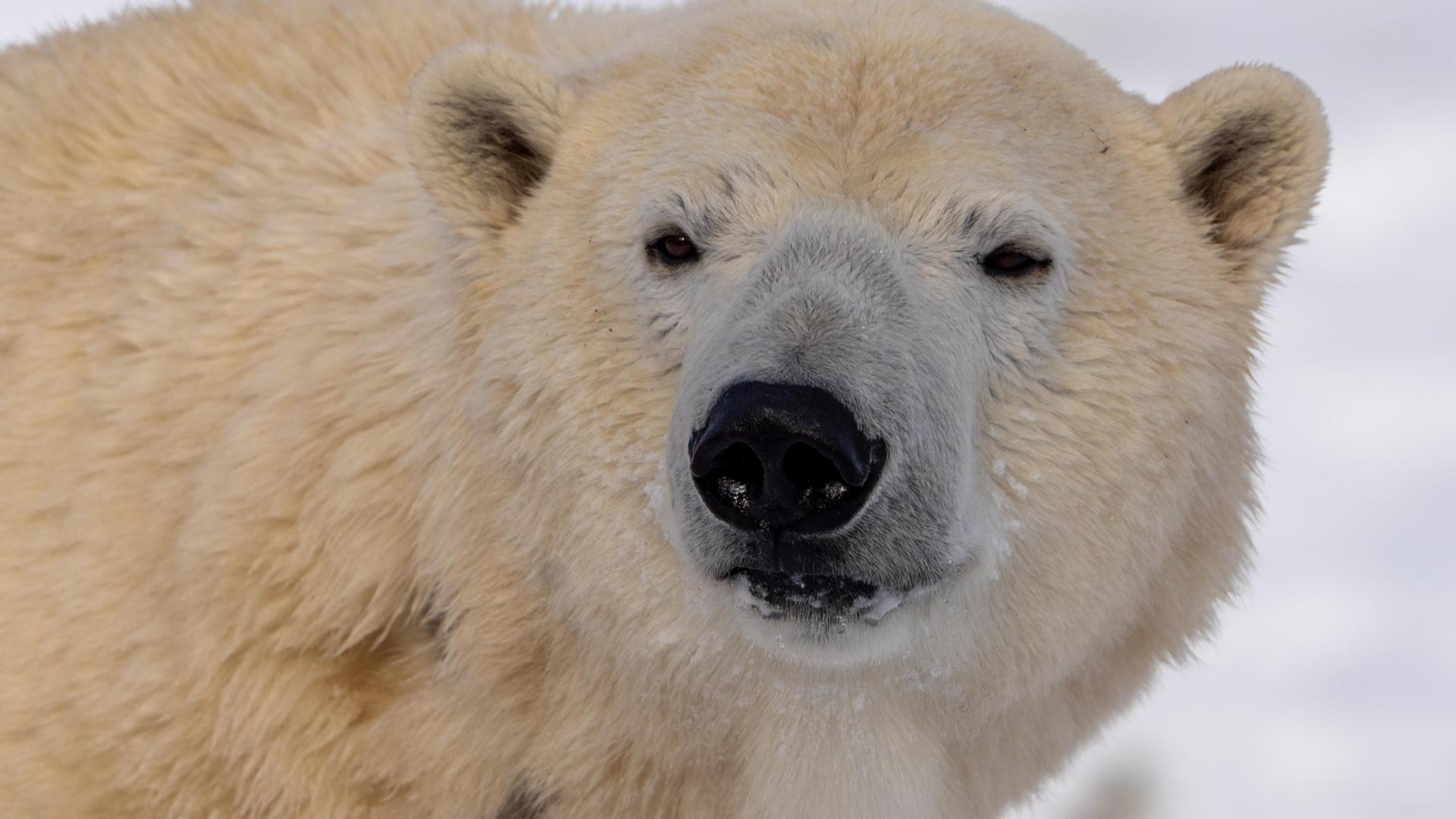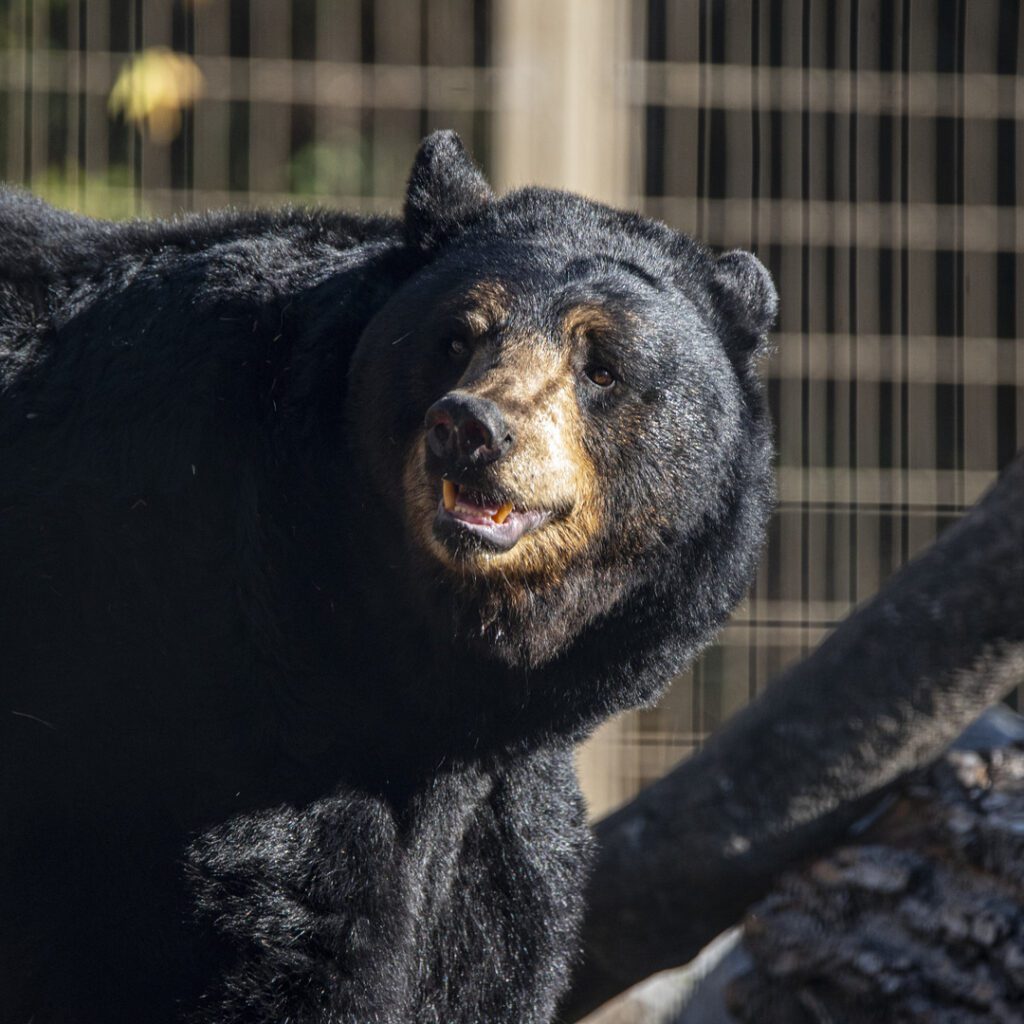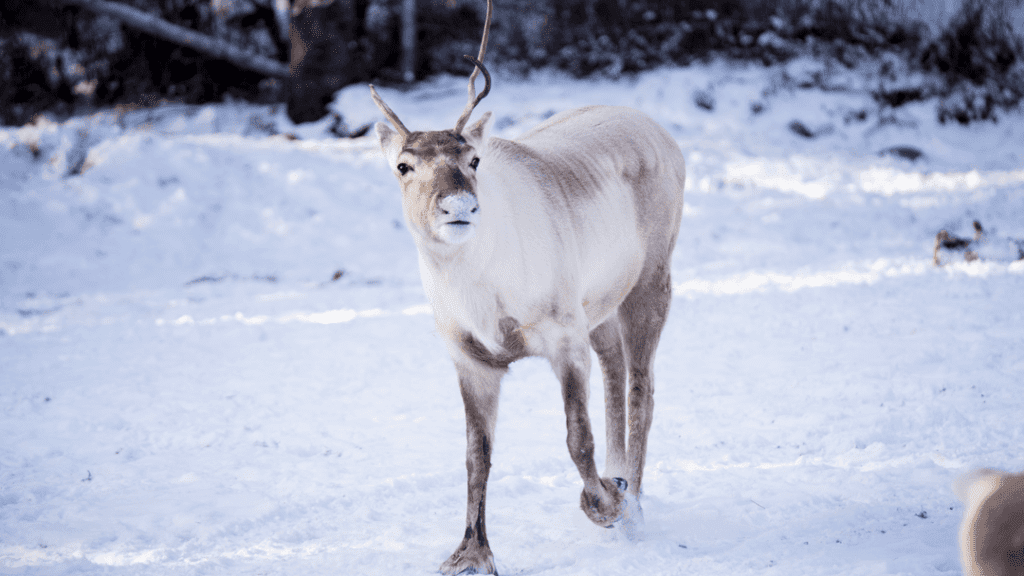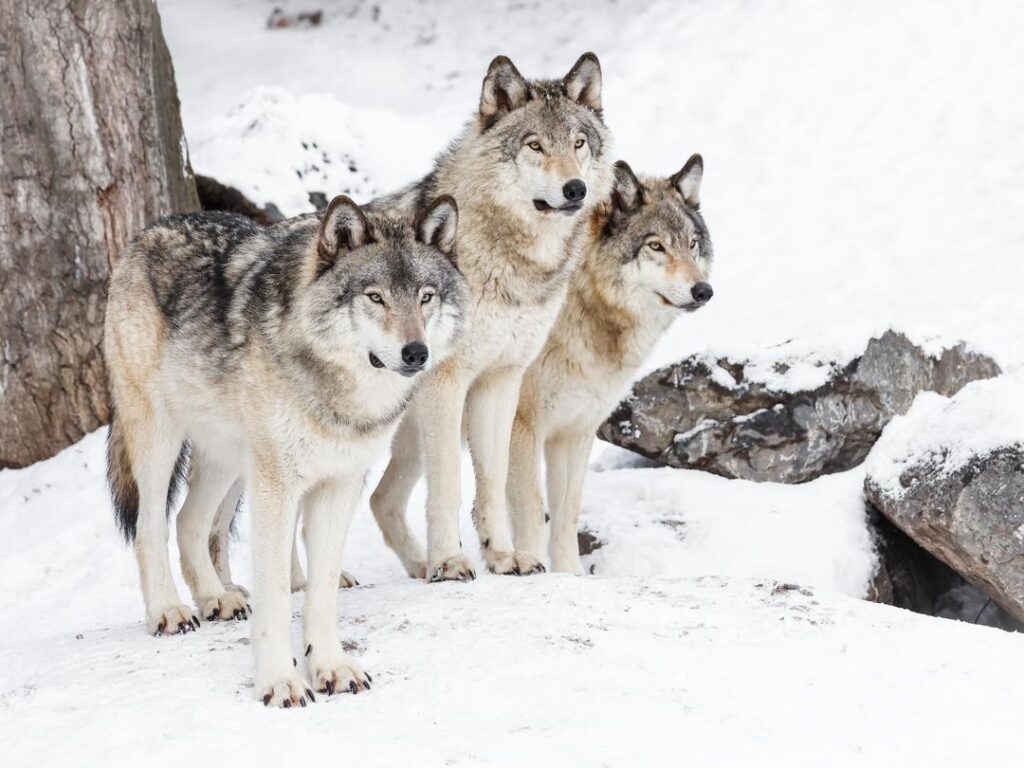Polar Bears
The world’s largest bear in a delicate ecosystem
Ice and snow are no match for polar bears, who are adapted to the extreme cold of the tundra. Between their two layers of fur and thick layer of blubber, a polar bear experiences almost no heat loss, and can even overheat when running across its Arctic landscape. Their enormous size doesn’t make them less agile – they are incredibly strong swimmers, able to swim for hours at a time.
- IUCN Red List Status: Vulnerable (at high risk of extinction in the wild)
- Type: Mammal
- Habitat: Arctic tundra in Canada, Alaska, Russia, Greenland, and Norway
- Diet: Carnivore – ringed seals and bearded seals
- Size: 2.2 to 2.4 metres tall
- Weight: 300 to 800 kilograms
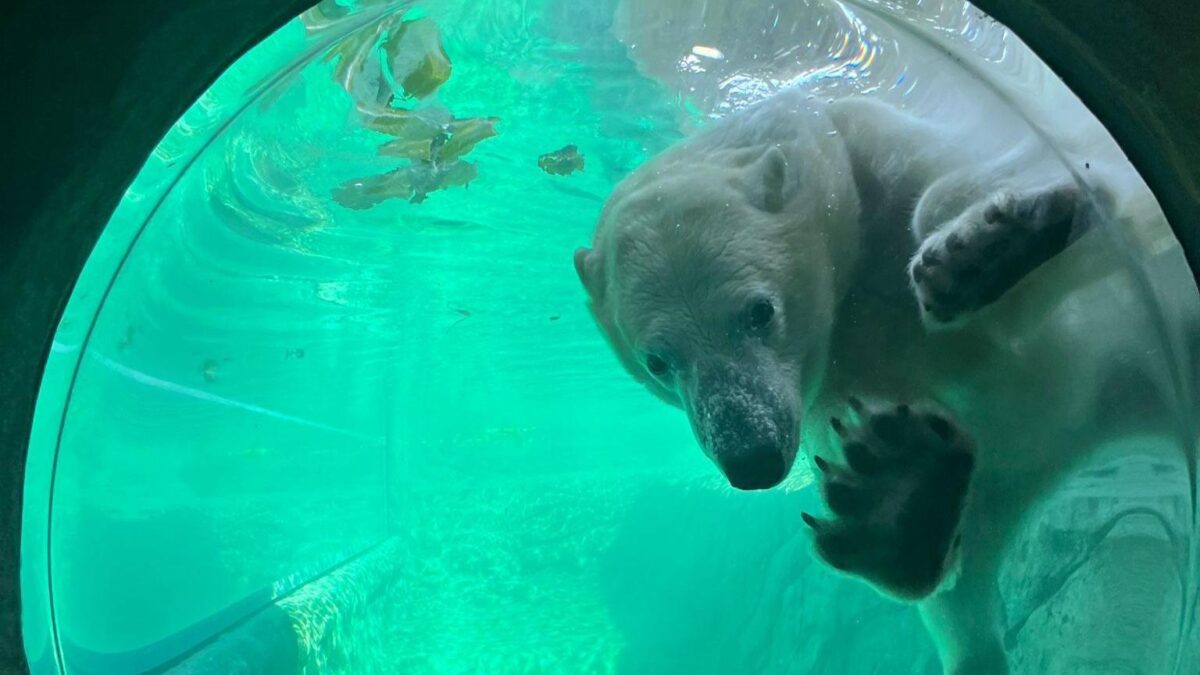
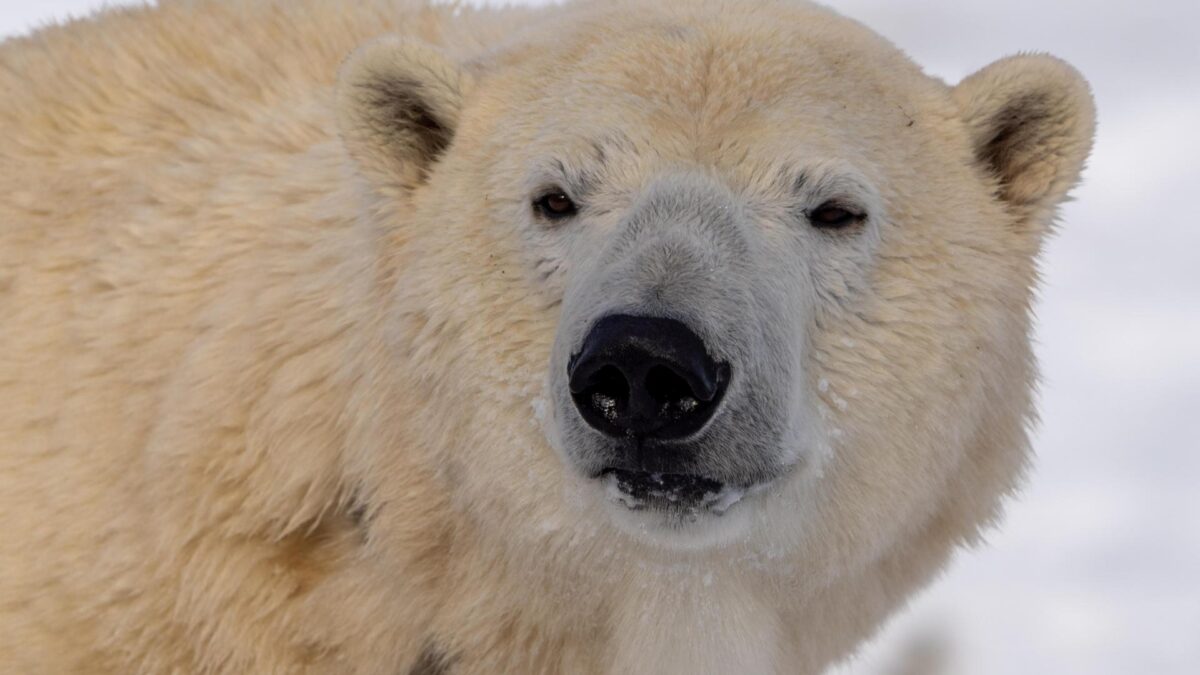
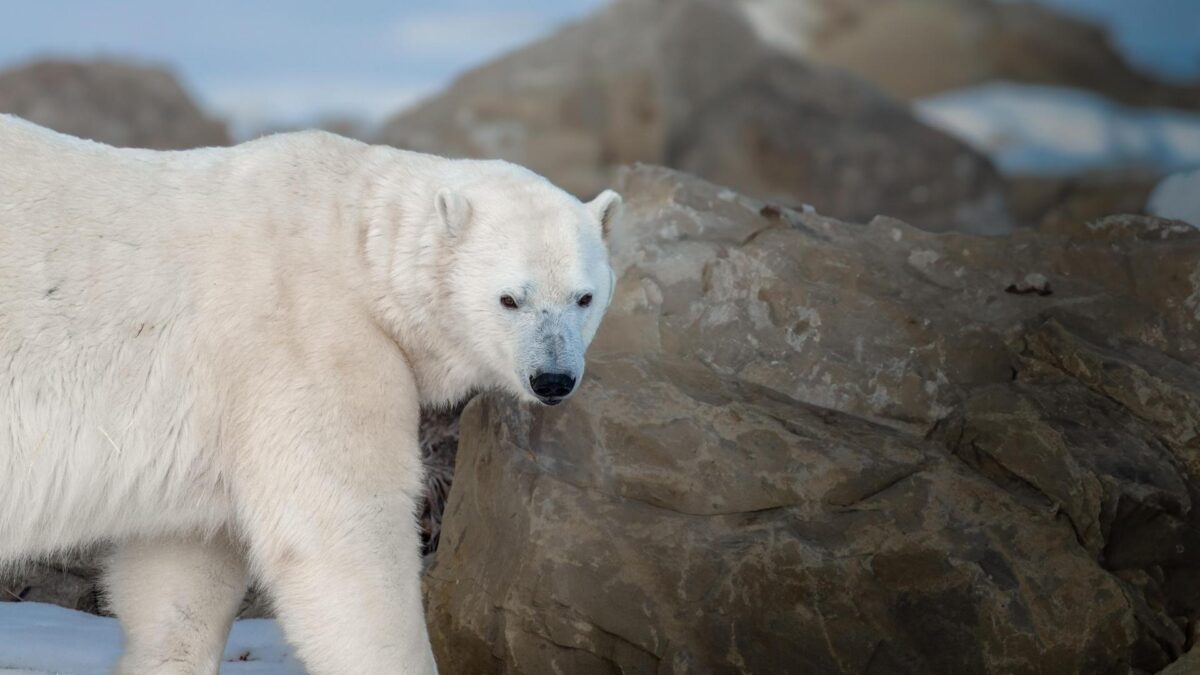
facts about our animals
Fun Facts about Polar Bears
Polar bears have black skin to absorb heat.
They do not hibernate.
A polar bear’s paws can be 30 centimetres across.
Because they spend most of their life on sea ice, polar bears are classified as marine mammals.
Polar bears can smell prey from up to a kilometre away.
A polar bear’s fur is not white – it is translucent.
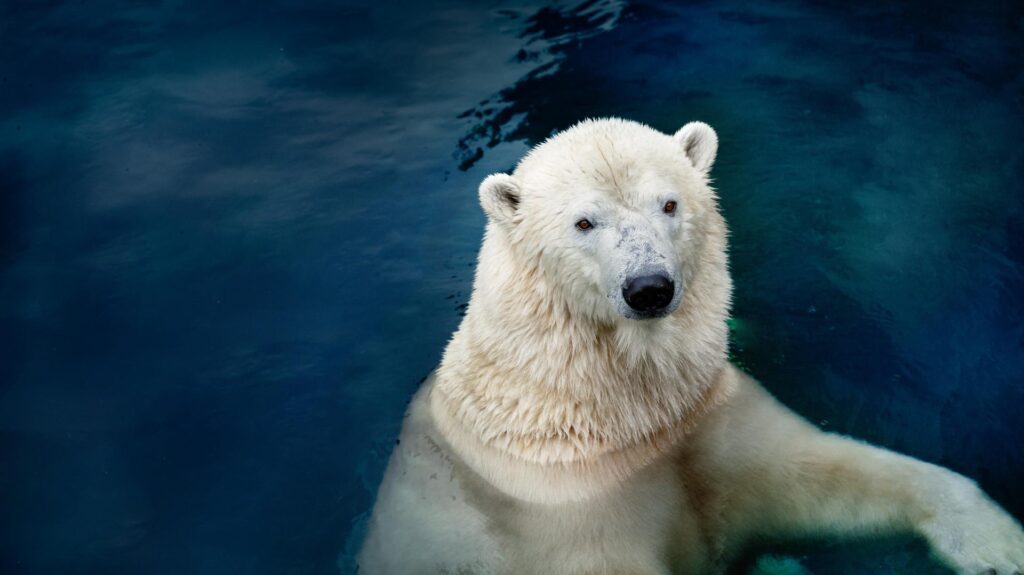
Donate
How you can help
Your donation makes a world of difference. With support for animal care, conservation programs, and education, you’re making the world wilder.
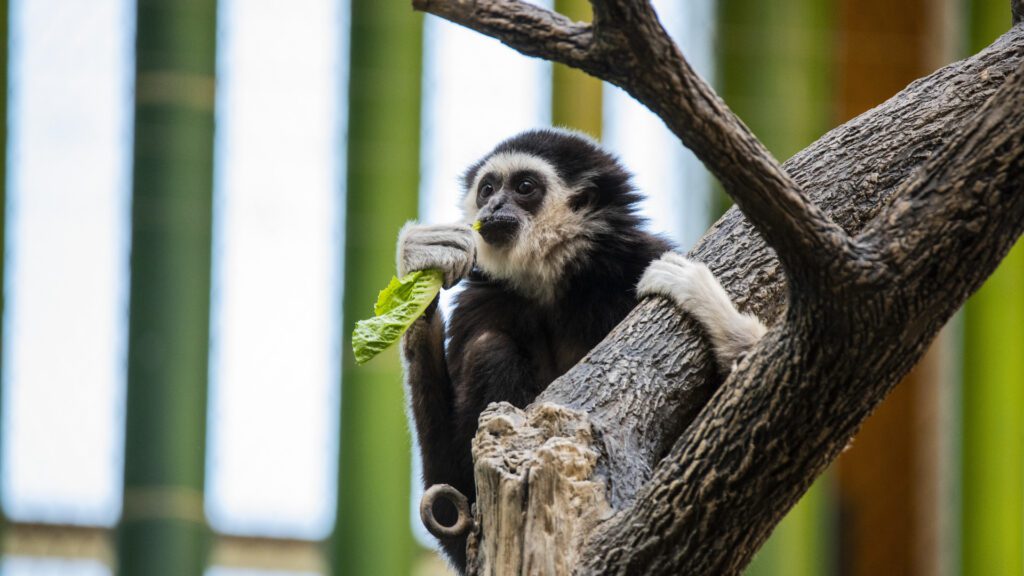
Plan Your Visit
Get close to wildlife
It’s time to make some memories. Here’s everything you need to know to plan an unforgettable day at the zoo.


